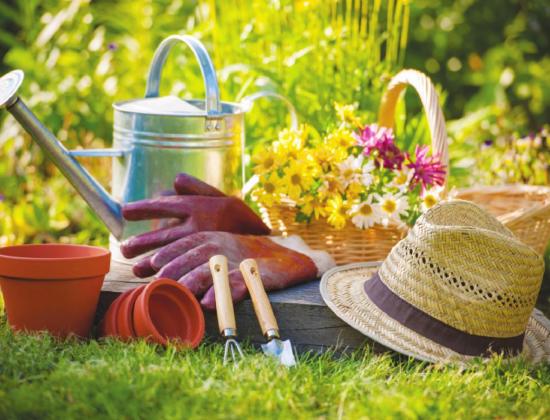OKLAHOMA — Even though summer is winding down, there is much to do in your garden and yard. Be sure to visit us at the Blaine County OSU Extension Office, basement of the Courthouse, we have a multitude of fact sheets to provide guidance in your garden and landscape. Happy Gardening!
Landscape
• Watch for fall specials at garden centers and nurseries since fall is a great time for planting many ornamentals.
• Choose spring flowering bulbs as soon as available.
• Plant cool-season annuals like pansies, ornamental cabbage or kale, snapdragons and dusty miller when temperatures begin to cool.
• Watch for and control any late infestations of tree webworms.
• Twig girdler insects should be controlled if large numbers of small branches of elms, pecans, or persimmons are uniformly girdled from the tree and fall to the ground.
• Begin to reduce the amount of light on outside tropical houseplants by placing them under shade trees before bringing them indoors for the winter.
Vegetables
• You have all of September to plant cool-season vegetables like spinach, leaf lettuce, mustard and radishes, and until the middle of September to plant rutabagas, Swiss chard, garlic and turnips.
Lawn
• Last nitrogen fertilizer application of the year on warm-season grasses should be applied no later than September 15.
• Winter broadleaf weeds like dandelion will begin to emerge in late September, which is also the best time to control them with a 2, 4-D type herbicide.
• If pre-emergent control of winter-annual weeds (henbit, chickweed, annual bluegrass, etc.) is desired in lawns, the application should be completed by the second week of September. Note: Do not treat areas that will be seeded in the fall.
• Continue bermudagrass spray program with glyphosate products for areas being converted over to tall fescue this fall.
• Plan to seed bluegrass, fescue or ryegrass as needed in shady areas in mid- to late-September. Fall is the best time to establish coolseason grass.
• White grub damage can become visible this month. Apply appropriate soil insecticide if white grubs are a problem. Water product into soil.
Fall is for Planting Trees and Shrubs
Fall is an excellent time to plant most trees and shrubs. In fact, research suggests that early fall planting is best for container-grown and B&B shade and ornamental trees and pines, but spring is best for planting bare-root plants and broadleaf evergreens, such as holly and Southern magnolia. Plants planted in the fall have more time for the root system to become established before the onset of summer heat. Plants installed during the growing season are susceptible to high transpiration rates leading to drying of plant tissues.
A perfect example of this was seen at the Oklahoma Gardening© Studio Gardens several years ago when we planted the Edible Landscape bed. One blueberry shrub was planted in the fall and then several more were planted in the spring. There was a noticeable difference between the one planted in the fall and those planted the following spring. Despite the heat, the fall planted shrub looked awesome and was barely phased by the extreme temperatures that summer. The others struggled, having crispy leaves, dropping many of them, and barely hanging on despite the intense watering provided to keep them alive.
So, if you need to replace a tree or shrub or want to add more to the landscape, now is the time to be looking for that perfect plant. The weather should be changing for the better as we move through the month of September, bringing cooler temperatures and additional rainfall, something we all will eagerly welcome, and our plants will greatly appreciate.

